 The ASA kindly asked me to write up a little welcome for the incoming Contexts editorial team for the most recent issue of Footnotes. Since TSP is the online home of contexts.org, I’m a former co-editor of the magazine, and Phil Cohen and Syed Ali are fellow sociological travelers, how could I resist?
The ASA kindly asked me to write up a little welcome for the incoming Contexts editorial team for the most recent issue of Footnotes. Since TSP is the online home of contexts.org, I’m a former co-editor of the magazine, and Phil Cohen and Syed Ali are fellow sociological travelers, how could I resist?
Extra! Extra! Read all about it! The new editors for Contexts, the ASA’s one-of-a-kind, accessible to a general audience publication, have been chosen. They are Philip N. Cohen of the University of Maryland and Syed Ali of Long Island University. Cohen and Ali will take their turn at helm beginning in January. They bring with them big ideas about sociology, tons of energy and experience with public engagement, and their own distinctive (and sometimes irreverent) sensibilities.
About the New Editors
Philip Cohen is Professor of Sociology at the University of Maryland-College Park, where he received his PhD in 1999. He returned to his alma mater in 2012 after stints at University of California-Irvine and the University of North Carolina-Chapel Hill. Cohen specializes in family demography, gender inequality, and labor market disparities and has published widely and in all the leading journals of the field. His most recent writing has been devoted to communicating sociological insights to bigger and broader audiences, largely through his prolific and widely read “Family Inequality” blog, which can be found at familyinequality.com, and his forthcoming book, The Family: Diversity, Inequality and Social Change (W.W. Norton & Co.).Before settling on sociology, Cohen explored unsuccessful careers as a bagel server, journalist, and rock star.
Before settling on sociology, Cohen explored unsuccessful careers as a bagel server, journalist, and rock star. As his online followers and fan club well know, Cohen spends a great deal of his free time blogging. Instead of the rock-star life he once imagined, he now muses about families, inequality, sociology, and demography. “I enjoy research, teaching, and learning, and I’m happy to pursue those interests while satisfying my desire to argue about politics on the Internet,” said Cohen, who lives with his wife and two children in Takoma Park. He is also proud to have always worked at state universities (though he does admit to applying for a few private school jobs along the way).
Syed Ali is Associate Professor of Sociology at Long Island University-Brooklyn. His research interests center around migration, assimilation, ethnicity, and religion. He has conducted ethnographic research among Muslims in Hyderabad, India, South Asians in the United States, and migrant workers in Dubai. Ali is perhaps best known as the author of Dubai: Gilded Cage (Yale University Press 2010) but also has a new book (co-authored with yours truly) due out in January under the title Migration, Incorporation, and Change in an Interconnected World (Routledge/Taylor-Francis).Once a late-night country radio DJ, Ali now moonlights as a potter and Ultimate Frisbee player.
Ali spent his early childhood in rural West Virginia, but was uprooted to New York City once his parents realized, as he put it, “we were brown.” He returned to the South for graduate work at the University of Virginia, and then bounced back to Brooklyn where he now lives with his wife and two children. Once a late-night country radio DJ (under the unassuming moniker “John Thomas”), Ali now moonlights as a potter and Ultimate Frisbee player. His team finished 6th in the men’s grandmasters (40+) division at the recent national championships in Florida. More important than the result, however, Ali reports that “no one got hurt.” more...
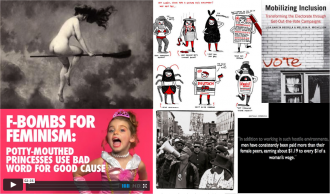 Ooh, it’s almost Halloween! That means it’s time to for a few classics, including the annual holiday roundup from Sociological Images. Here’s what we’ve been up to this week:
Ooh, it’s almost Halloween! That means it’s time to for a few classics, including the annual holiday roundup from Sociological Images. Here’s what we’ve been up to this week:
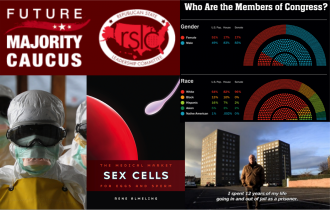
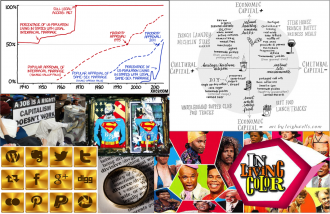

 The ASA kindly asked me to write up a little welcome for the incoming Contexts editorial team for the most recent issue of
The ASA kindly asked me to write up a little welcome for the incoming Contexts editorial team for the most recent issue of 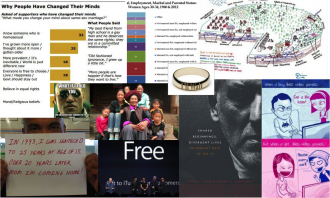
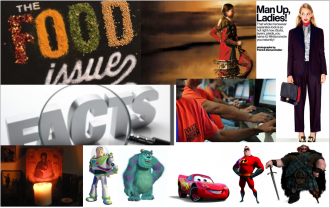 Oh hi. Between the start of the semester, sickness, and the mustering of a new grad board, the poor Roundup has gone un-rounded! Time to remedy that, with a Roundup of epic scale. There’s something for everyone, so let that sociological imagination run wild! And don’t forget, if you’re an educator or a student, to let us know how you’re using TSP in your classrooms. It always helps us find new directions!
Oh hi. Between the start of the semester, sickness, and the mustering of a new grad board, the poor Roundup has gone un-rounded! Time to remedy that, with a Roundup of epic scale. There’s something for everyone, so let that sociological imagination run wild! And don’t forget, if you’re an educator or a student, to let us know how you’re using TSP in your classrooms. It always helps us find new directions!